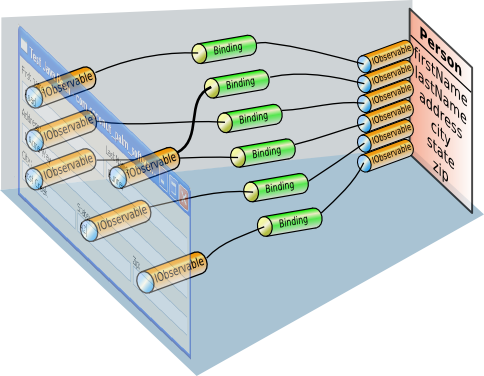Dave Orme muses about agile and functional programming.
My current work emphasizes SOA applications using Scala, Kubernetes, and AWS with a React-based SPA front-end. I'm also interested in progressive web applications and developer tools.
Donate Bitcoin:
1Ecnr9vtkC8b9FvmQjQaJ9ZsHB127UzVD6
Keywords:
Kubernetes, Docker, Streaming Data, Spark, Scala, Clojure, OSGi, Karaf, GCP, AWS, SQL
Disclaimer:
Everything I say here is my own opinion and not necessarily that of my employer.



